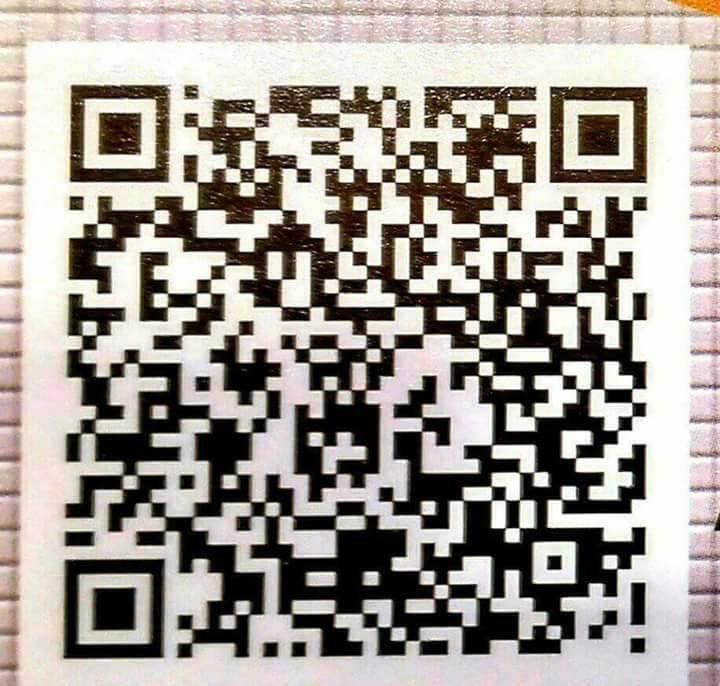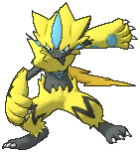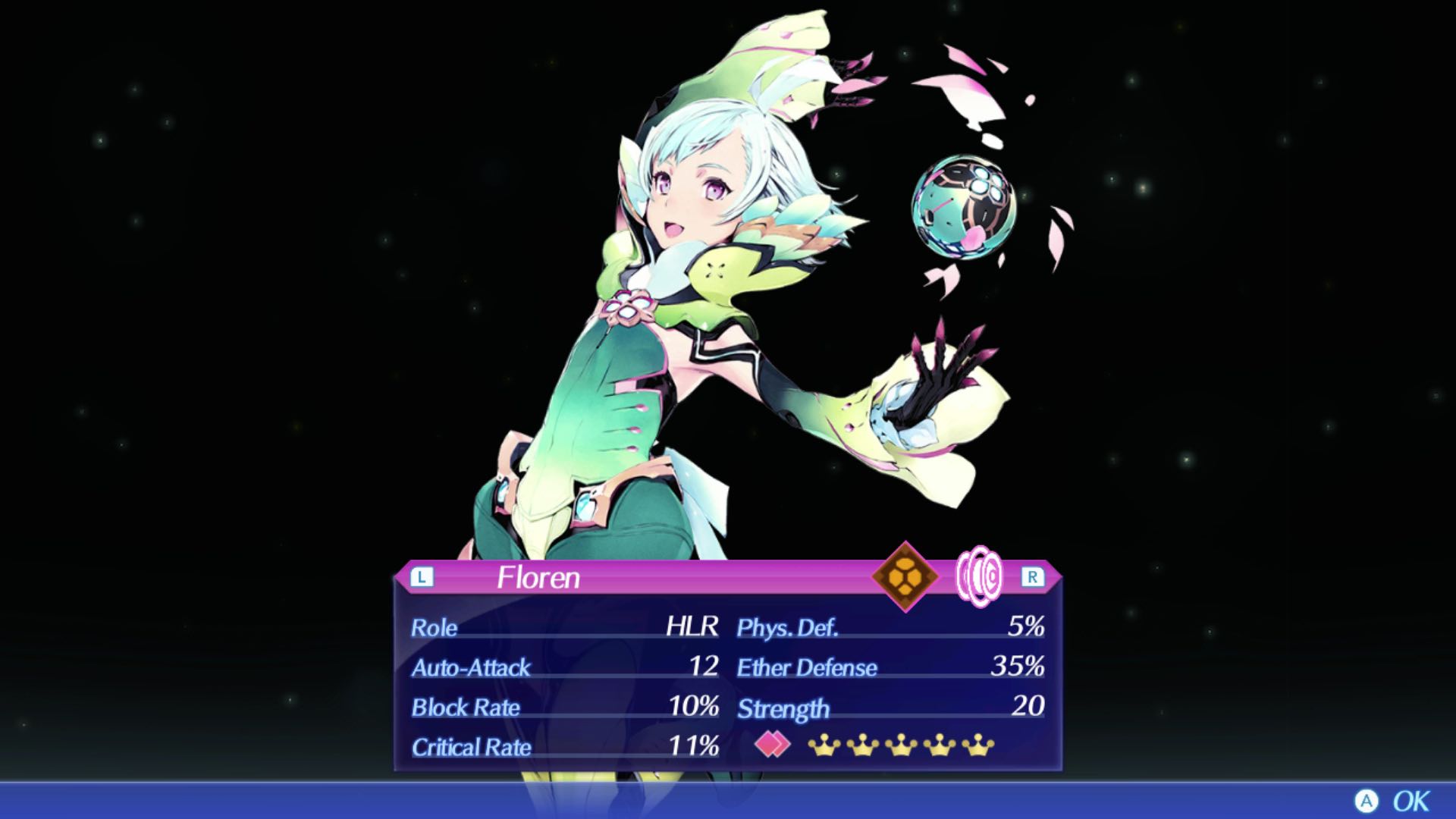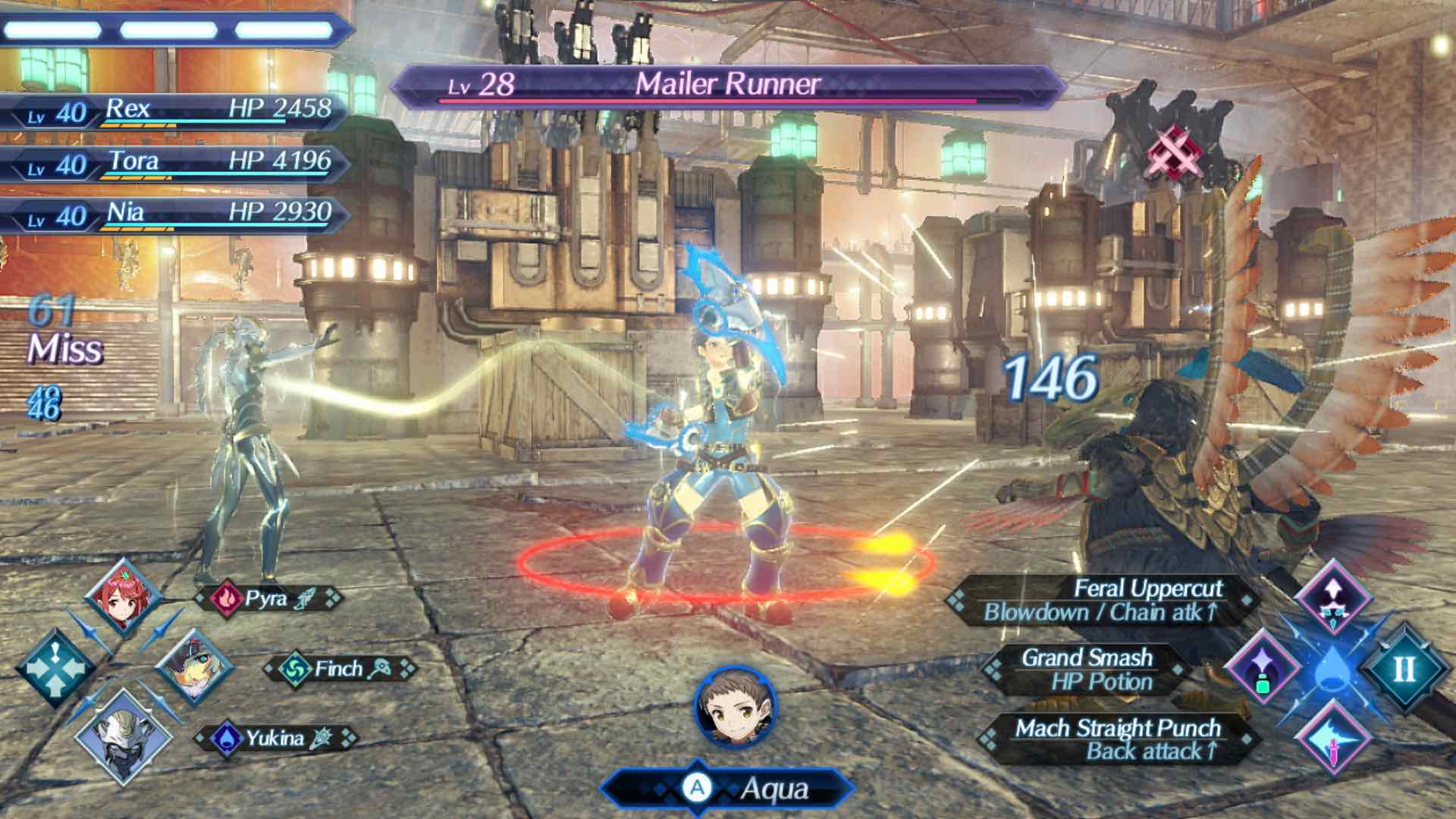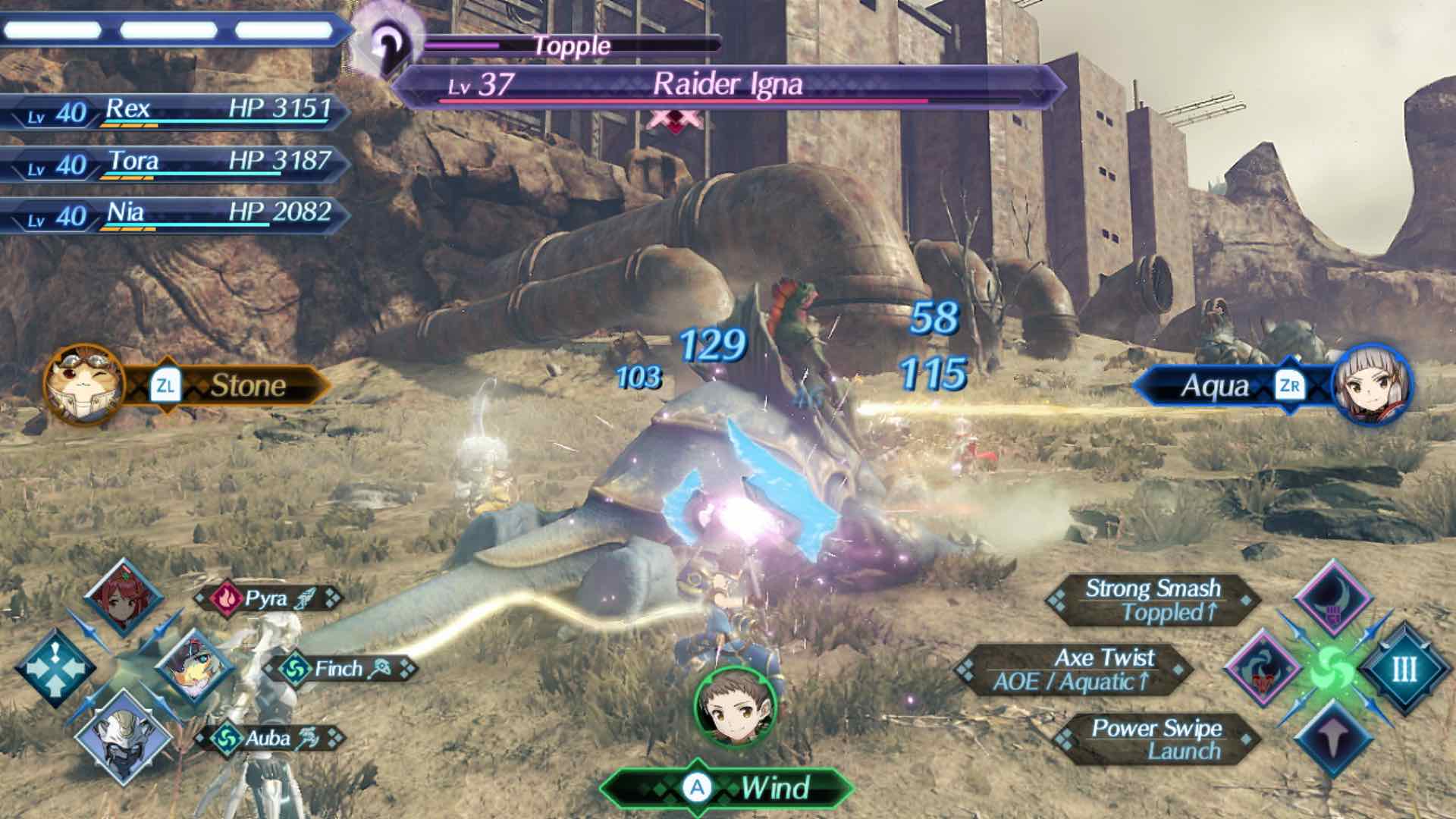Blades are integral to the battle system in Xenoblade Chronicles 2, artificial lifeforms that Drivers have the power to bond with. They not only grant a Driver their weapons, but they are allies, whose destinies become intertwined as they grow together.
When a Driver resonates with a Core Crystal they can generate new Blades to bond with, and, while the common Blades serve their purpose well enough, it is the Rare Blades that are the ones that you will be hoping for. That’s because the process is random, in that you choose a Core Crystal to resonate with and then leave it to lady luck as to which Blade you will be rewarded with.
There are Rare Blades that are unlocked through story progression, too, with players also able to complete specific side quests in Xenoblade Chronicles 2 to resonate with others. But, the bulk of the Rare Blades will be purely down to chance.
It’s worth it, though, as these Rare Blades can not only have access to their own unique side quests and Heart-to-Heart events, but have far more complex Affinity Charts, meaning that they can eventually become the most powerful Blades in the entire game.
Xenoblade Chronicles 2 Core Crystals, Where To Find Them And How To Use Them
Core Crystals are an item that you will continuously stumble upon in Xenoblade Chronicles 2, thankfully. There are Common, Rare, Legendary, Beast, and other kinds that you will get your hands on – whether they are dropped after encounters, discovered in a treasure chest, or through other means.
When you are ready to use them, press Start to open the menu, and then select Blades. It is the Bond Blade option that you want, the process in which the player can awaken a new Blade from any Core Crystal that they have collected.
It’s worth mentioning that the Blade is tied to the Driver that it bonds with, and while there is an Overdrive Protocol item that can be used to transfer them between Drivers, these are scarce – in our experience. And Tora, as he is not a Driver and relies on his artificial Blade to fight, cannot bond with Core Crystals.
Once you have chosen the character you want to resonate with a Core Crystal, the rest, as we’ve mentioned before, is down to luck. Cross everything you possibly can, and hope that a Rare Blade soon appears.
We have listed every Rare Blade that is in Xenoblade Chronicles 2, their element, role in battle, Field Skills, and how to obtain them, below as a reference point. But, as always, please be aware that this contains spoilers!
![xenoblade-chronicles-2-rare-blades-floren-screenshot]()
Xenoblade Chronicles 2 Rare Blades List
Adenine
Element: Wind
Role: Healer
Field Skills: Wind Mastery, Keen Eye, Extra-Ancient Wisdom
Adenina can be obtained from a Common, Rare, or Legendary Core Crystal.
Aegaeon
Element: Water
Role: Tank
Field Skills: Water Mastery, Ancient Wisdom, Leaping
Aegaeon is obtained through the main story progression, and can only be used by Mòrag.
Agate
Element: Earth
Role: Attacker
Field Skills: Mineralogy, Keen Eye
Agate is obtained from a Common, Rare, or Legendary Core Crystal.
Azami
Element: Dark
Role: Attacker
Field Skills: Dark Mastery, Botany, Clairvoyant Eye
Azami is obtained from a Common, Rare, or Legendary Core Crystal.
Boreas
Element: Wind
Role: Healer
Field Skills: Nopon Wisdom, Salvaging Mastery, Fleet of Foot
Boreas is obtained from a Common, Rare, or Legendary Core Crystal.
Brighid
Element: Fire
Role: Tank
Field Skills: Fire Mastery, Keen Eye, Mineralogy
Brighid is obtained Acquired through the main story progression, and can only be used by Mòrag.
Dagas
Element: Fire
Role: Attacker
Field Skills: Cavalier Attitude
Dagas is obtained from a Common, Rare, or Legendary Core Crystal.
Dahlia
Element: Ice
Role: Healer
Field Skills: Forestry, Ice Mastery
Dahlia is obtained from a Common, Rare, or Legendary Core Crystal.
Dromarch
Element: Water
Role: Healer
Field Skills: Water Mastery, Botany, Ancient Wisdom
Dromarch is obtained through the main story progression, and can only be used by Nia.
Electra
Element: Electric
Role: Tank
Field Skills: Electric Mastery, Focus, Master of Thunder
Electra can be obtained from a Common, Rare, or Legendary Core Crystal.
Finch
Element: Wind
Role: Tank
Field Skills: Entomology, Leaping, Birdbrain
Finch can be obtained from a Common, Rare, or Legendary Core Crystal.
Floren
Element: Earth
Role: Healer
Field Skills: Botany, Earth Mastery, Beguiling Charm
Floren can be obtained from a Common, Rare, or Legendary Core Crystal.
Godfrey
Element: Ice
Role: Tank
Field Skills: Passionate Soul, Justice-Loving Soul, Kind Soul
Godfrey can be obtained from a Common, Rare, or Legendary Core Crystal.
Gorg
Element: Water
Role: Attacker
Field Skills: Keen Eye, Fortitude
Gorg can be obtained from a Common, Rare, or Legendary Core Crystal.
Herald
Element: Electric
Role: Attacker
Field Skills: Electric Mastery, Superstrength, Rampage
Herald can be obtained by fulfilling the offerings at the Shrine of Sealing in Theosoir (Kingdom of Tantal) to receive her Sealed Core Crystal.
Kasandra
Element: Earth
Role: Tank
Field Skills: Earth Mastery, One Lucky Gal
Kasandra can be obtained from a Common, Rare, or Legendary Core Crystal.
Kora
Element: Electric
Role: Healer
Field Skills: Girls’ Talk, Electric Mastery, Lockpicking
Kora can be obtained from a Common, Rare, or Legendary Core Crystal.
KOS-MOS
Element: Light
Role: Attacker
Field Skills: Light Mastery, Lockpicking, Mental Arithmetic
KOS-MOS can be obtained from a Common, Rare, or Legendary Core Crystal.
Mythra
Element: Light
Role: Attacker
Field Skills: Light Mastery, Focus, Girls’ Talk
Mythra is obtained through the main story progression, and can only be used by Rex.
Newt
Element: Fire
Role: Tank
Field Skills: Superstrength, Salvaging Mastery, Titan Weapon Wisdom
Newt is obtained from a Common, Rare, or Legendary Core Crystal.
Nia
Element: Water
Role: Healer
Field Skills: Water Mastery, Forestry, Fortitude
Nia is obtained through the main story progression, and can only be used by Rex.
Nim
Element: Earth
Role: Healer
Field Skills: Earth Mastery, Ichthyology, Phonex Linguistics
Nim is obtained from a Common, Rare, or Legendary Core Crystal.
Pandoria
Element: Electric
Role: Attacker
Field Skills: Electric Mastery, Lockpicking, Icthyology
Pandoria is obtained in the main story progression, and can only be used by Zeke.
Perceval
Element: Dark
Role: Tank
Field Skills: Dark Mastery, Leaping, Assassination
Perceval is obtained from a Common, Rare, or Legendary Core Crystal.
Perun
Element: Ice
Role: Attacker
Field Skills: Ice Mastery, Ancient Wisdom, Chivalry
Perun is obtained from a Common, Rare, or Legendary Core Crystal.
Poppi alpha
Element: Earth (can be changed)
Role: Tank (can be changed)
Field Skills: Leaping, Nopon Wisdom, Superstrength
Poppi alpha is obtained through the main story progression, and can only be used by Tora.
Poppi QT Pi
Element: Ice (can be changed)
Role: Attacker (can be changed)
Field Skills: Keen Eye, Ancient Wisdom, Forestry
Poppi QT Pi is obtained by completing the Powered-Up Poppi side quest, and can only be used by Tora.
Poppi QT
Element: Fire (can be changed)
Role: Tank (can be changed)
Field Skills: Lockpicking, Fortitude, Agronomy
Poppi QR is obtained through the main story progression, and can only be used by Tora.
Praxis
Element: Water
Role: Attacker
Field Skills: Girls’ Talk, Water Mastery, Salvaging Mastery
Praxis is obtained by completing the Crystal Clear side quest.
Pyra
Element: Fire
Role: Attacker
Field Skills: Fire Mastery, Focus, Cooking
Pyra is obtained through the main story progression, and can only be used by Rex.
Roc
Element: Wind
Role: Attacker
Field Skills: Wind Mastery, Miasma Dispersal, Lockpicking
Roc is obtained through the main story progression, and can only be used by Vandham and Rex.
Sheba
Element: Water
Role: Attacker
Field Skills: Girls’ Talk, Lockpicking, Eye for Beauty
Sheba can be obtained by purchasing the Inherited Core Crystal from Torigoth (Gormott Province).
Theory
Element: Ice
Role: Tank
Field Skills: Ice Mastery, Focus, Nopon Wisdom
Theory can be obtained by completing the Blade-Sharp Memory side quest.
Ursula
Element: Ice
Role: Healer
Field Skills: Harmony, Ichthyology, Fortitude
Ursula can be obtained from a Common, Rare, or Legendary Core Crystal.
Vale
Element: Dark
Role: Attacker
Field Skills: Dark Mastery, Girls’ Talk
Vale can be obtained from a Common, Rare, or Legendary Core Crystal.
Vess
Element: Electric
Role: Healer
Field Skills: Forestry, Fortitude, Dumpling Pro
Vess can be obtained by completing the Tranquility side quest.
Wulfric
Element: Earth
Role: Attacker
Field Skills: Superstrength, Earth Mastery, Focus
Wulfric can be obtained by using the Beastly Core Crystal that is received through the main story progression.
Zenobia
Element: Wind
Role: Attacker
Field Skills: Wind Mastery, Superstrength, Leaping
Zenobia can be obtained from a Common, Rare, or Legendary Core Crystal.
The post Xenoblade Chronicles 2 Rare Blades, Core Crystals And Where To Find Them appeared first on Nintendo Insider.
